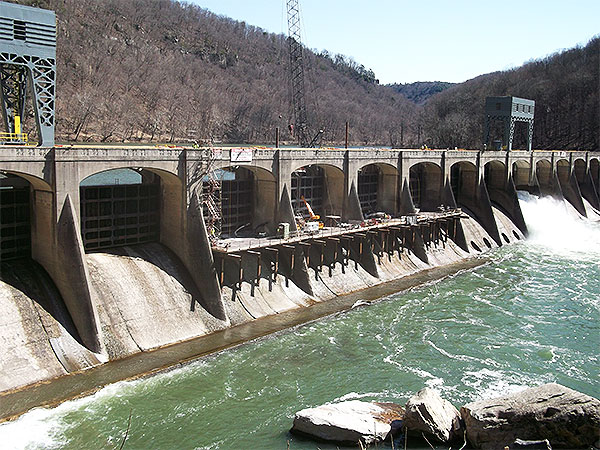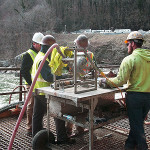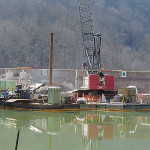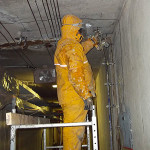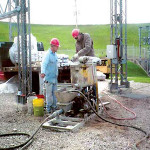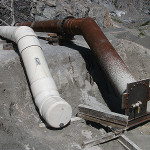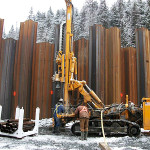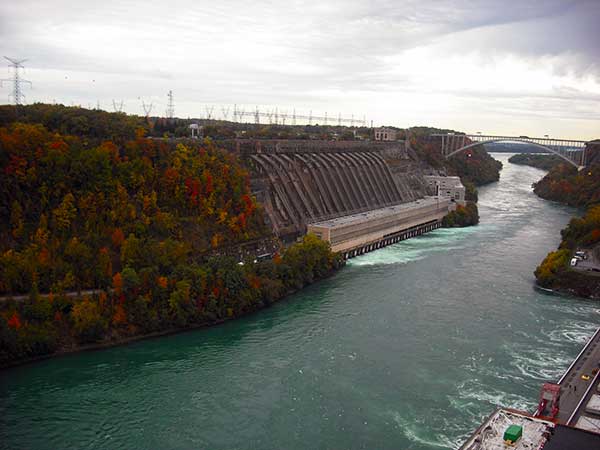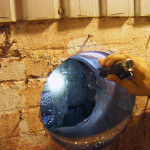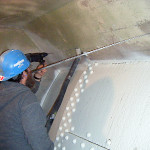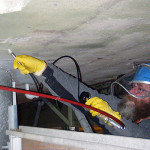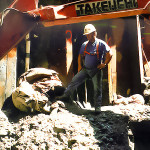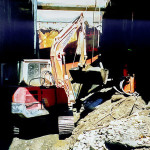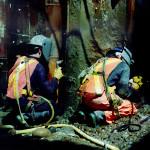Case description
A heavy civil contractor was engaged in anchor installation on an existing concrete gravity dam and encountered difficulty with cement grouting of anchor holes to achieve the required impermeability prior to anchor installation. The contractor had re-drilled and re-grouted some of the same anchor holes several times with unsatisfactory results.
In order to prevent further delays to project schedule and associated increased costs, the project owner retained Peter White for a site visit to join a team of experienced geotechnical engineers to assess site conditions and provide recommendations.
Solution
After an assessment of local conditions, available equipment and construction methodology, it was recommended that the contractor use Type III high-early strength cement to facilitate penetration of small fissures that could not otherwise be achieved using Type I/II Portland cement.
A range of grout mix designs was provided to the contractor that utilized the same basic water-cement content but modified dosages of anti-washout and superplasticizer admixtures to accommodate various water inflow conditions that were anticipated.
Enhancements to the contractor’s grouting equipment included incorporation of appropriate in-line diaphragm pressure sensor and pressure gauge equipment for accurate measurement of grouting pressures. For this project, the owner’s engineer specified that low grouting pressures be utilized, so having accurate pressure measurements was an important control parameter.
The contractor was provided with a detailed step-by-step grouting methodology that covered the range of site conditions that were expected for this site.
Subsequent drilling and grouting operations following this methodology resulted in accelerated preparation of impermeable anchor holes meeting the owner’s specifications.

